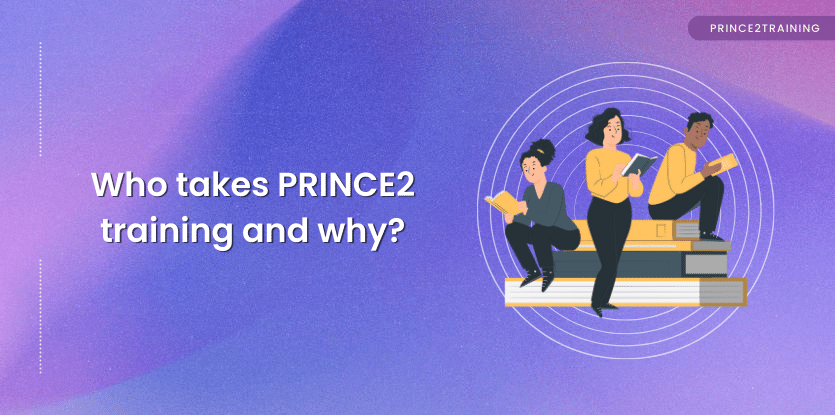 Rose Alfred
Rose Alfred

 Rose Alfred
Rose Alfred
There are exciting trends among those who undertake the PRINCE2 Certification and their motivations to do so. Could exploring these avenues help us to focus our energies on widening the approach and reach of PRINCE2, thus making it more accessible in the future?
All figures used are from the 2016 AXELOS PRINCE2 study. This study comprised 2,434 respondents, 38% from the UK (and 62% from the rest of the world (RoW)). The average age range when one achieves PRINCE2 certification is between 35 and 42 years old. This was done by UK respondents who stated they had gained their PRINCE2 certification within ten years of experience. This is in contrast to RoW, where it was noted that the period was longer than ten years of experience. This could be due to the grassroots of PRINCE2 being firmly rooted within the UK, making it a widely known and encouraged programme. Thus, it’s taken earlier.
We can shift our attention to the respondents who had yet to sit PRINCE2. The most insightful question asked the respondents was, “Why don’t you have PRINCE2?”. Encouragingly, the most common response was that they planned to gain the certification. This was the most popular answer by quite a margin, with the second most common response being that PRINCE2 was not required for the job role. The fourth response stated that their organisations did not pay for the certification or that the price of it was too high. We know from the study that, globally, 51% of all certifications are funded by organisations, making it an understandable reason why PRINCE2 certification had not been done. Notably, less than 4% of candidates said they didn’t see value in PRINCE2.
The respondents, who were PRINCE2 certified, were asked what their initial motivations had been to begin their training and exams. The number one answer for UK candidates was enhancing their career progression, followed closely by further developing their skills. These two motivations were also the top two reasons among RoW PRINCE2 candidates. Another popular response was that PRINCE2 aids with career change. These three reasons, coupled together, further solidify the common thought that PRINCE2 is highly beneficial for career progression. Another reason was that it was a requirement as part of the job role.
This brings us to our final point. Who initiates taking the programme, and does that influence the number of candidates sitting PRINCE2? British, Canadian, and Australian results were similar, with over half of the respondents saying that the decision to undergo the training came from their line managers or HR. However, respondents from Germany, where PRINCE2 is very popular, said that the decision was made by oneself. Furthermore, India’s most populous answer was that the decision was mandatory company policy.
Overall, many factors contribute to the reasoning behind PRINCE2 training, from cost, accessibility, availability, and knowledge of the course benefits to primary motivations. These factors should all be carefully considered when expanding PRINCE2 to a larger target audience. Finally, the answer to “Was PRINCE2 valuable to your career?” from every country in the report was the same by a clear margin. They all answered with a resounding “Yes”.
Categories
Recent Blogs
PRINCE2® Certification Training
- Real-Life Case Studies
- Flexible Learning
- Comprehensive Modules
- Interactive Support Sessions
- Adaptive Learning Options
- Assignments
 info@theknowledgeacademy.com
info@theknowledgeacademy.com 01344203999
01344203999





 Back
Back





 02 May 2024
02 May 2024







 Continue Browsing
Continue Browsing